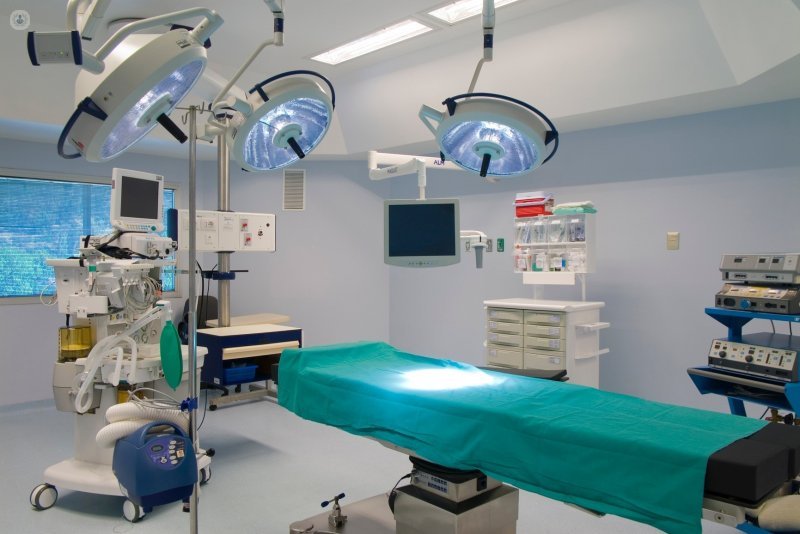Shoulder arthroscopy: applications and surgical procedure
Written by:Shoulder arthroscopy is surgery to examine and repair the tissues inside or around your shoulder joint. The surgeon makes a small incision (cut) in the patient's shoulder and inserts a thin camera, like a pencil, called an arthroscope. Thus, the surgeon can check the condition of his shoulder.

Shoulder arthroscopy requires smaller incisions than traditional surgery (open), so usually involves a faster recovery and fewer complications. Currently, we can diagnose and repair most shoulder problems, especially those affecting the rotator cuff, biceps tendon, ligaments and joint capsule.
Why do I need shoulder arthroscopy?
Shoulder arthroscopy can be used to diagnose and treat a number of problems. Your doctor will perform some tests, such as X-rays or magnetic resonance imaging (MRI) to evaluate your shoulder. Some problems commonly treated with shoulder arthroscopy are:- Problems of the rotator cuff.- Injuries to the labrum (similar to a meniscus structure).- Shoulder Instability. The shoulder joint can be released and the arm bone can get out of the shoulder socket, or dislocating.- Shoulder Impingement. A bone spur (bone) or inflammation of the tissues may interfere with the movement of the shoulder.- Some cases of acromioclavicular dislocation.
Process surgery
You do not eat or drink anything after midnight the night before surgery. The patient is given an anesthetic so they do not feel anything during surgery. Perhaps it is administered one or more of the following:- Locoregional anesthesia, so you will not feel anything close to his shoulder.- General anesthesia he will sleep and feel nothing in any part of the body.
The surgery takes about 1 hour in which the surgeon makes an incision of about 1cm in the shoulder to insert the arthroscope. The arthroscope will project magnified images of the shoulder joint on a screen. Perhaps the area also is inflated with a harmless liquid to parts of your shoulder are easier to visualize and repair. To repair his shoulder, the surgeon will make 2 or 3 additional small incisions, depending on the repairs that have to make the patient.
Potential Risks
Like any surgery there are some unusual risks. It is less frequent the complications in open surgery
Most people go home the day of surgery and as soon as the surgeon deems appropriate. After surgery you will be transferred to a recovery room and will be monitored until the anesthesia occur stop effect. You will also receive medication to control their pain and possible, you are prompted to keep your arm supported in a sling for a week or more.


